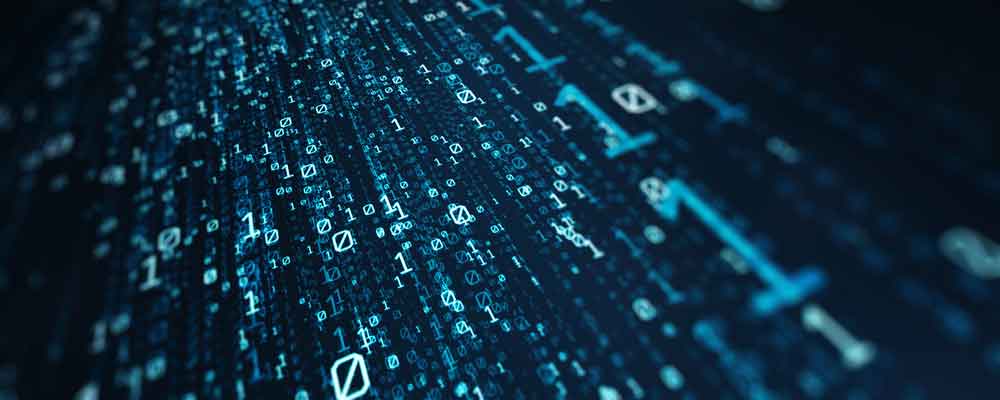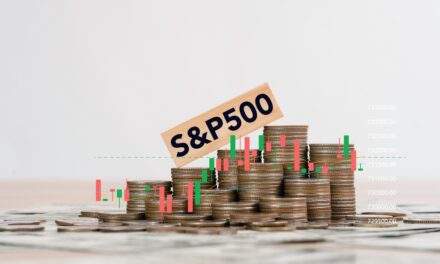On October 19, 1987 — 20 years ago last Thursday — the Dow Jones Industrial Average (DJIA) lost nearly a quarter of its value in a few hours.
Back then, that was 508 points. A similar drop today would be almost 6,000 points.
Imagine that, if you will … if you dare.
On that day, traders watched in horror as wave after wave of selling ratcheted the index downward. Like a ball bouncing down a hill, each wave seemed faster and bigger than the last.
They looked at each other blankly, since none of them seemed to be doing any of the selling. They weren’t … computers used by big institutional investors were executing automated trades based on incoming price data.
In 1987, market technology was in its infancy. Today’s computerized trading is as far ahead of that as an F-35 Lightning II is ahead of the Wright Brothers.
Should you be worried? Yes … or no … it all depends on how you use today’s technology.
Do you do it the market’s way … or my way?
Warning Signs
On Wednesday, October 14, 1987, the DJIA dropped 3.8%. It fell another 2.4% the next day. On Friday, the DJIA fell another 4.6%, on record trading volume.
All eyes were on Monday.
Now, a 10% drop in three days is significant. But it’s always worse when markets end the week down. Depending on how after-hours options trading goes … and events over the weekend … traders are often poised to sell on Monday morning.
Black Monday began with a wave of selling in the Hong Kong market. Normally, London-based bargain hunters might have counteracted this, but the Great Storm of 1987 had led London’s markets to close early on Friday; most traders were told to stay home on Monday. With nobody on watch, the London FTSE 100 had fallen over 136 points by 9.30 a.m.
That was all the newfangled computers installed at large U.S. investors needed to initiate selling orders. “Portfolio insurance” algorithms started short-selling U.S. stocks and index futures.
As other computers detected this, they started selling automatically as well. The few algorithms that were programmed to suspend trading did so, decreasingly liquidity and increasing the speed of price drops.
U.S. markets soon recovered, but those who had sold in a panic on Black Monday lost a great deal of money.
Lessons Unlearnt
Black Monday wasn’t the last time algorithms have been blamed for sudden market drops. Here are some of the more prominent examples:
- The August 7-10 “quant quake” of 2007. Funds specializing in algorithmic investment strategies suffered massive losses.
- In the “flash crash” of May 6, 2010, the Dow dropped 9% and the S&P 500 fell 7% in just 30 minutes, as bids and offers for stocks moved far away from previous levels — in some cases leaving bids down as low as a penny and offers as high as $100,000.
- On August 24, 2015, the S&P 500 plummeted 5% and the Dow dropped by 6.7% in just five minutes after the opening.
How Now?
In every one of these cases, researchers have blamed the “stampede effect” of automated algorithm-based trading systems. Unattended programs designed to cut losses reinforced each other in a downward spiral that only ended when humans intervened.
Such systems now account for more than 75% of U.S. stock market volumes. One reason is that much trading now occurs in penny intervals.
That makes trading less lucrative for market makers, who profit by playing the “spread” between the highest bid to buy and the lowest offer to sell. As they have retreated from the market, algorithms have stepped in to replace their essential liquidity-providing function.
The shift to automated trading now includes actively managed mutual funds. In March, BlackRock announced it would fire human traders and rely more on stock-picking algorithms, triggering other traditional asset managers to follow suit.
Not All Algorithms Are Created Equal
Computers now manage trillions of dollars in global stock markets. But there are two ways to use them.
The first way is as I’ve described above. Big institutional investors use automated algorithmic systems because they reduce costs and the time-wasting “friction” of human decision-making. Trades can be executed in milliseconds by the millions, generating tiny profits from each that add up to a lot.
The other way is the way we use algorithms in trading services such as Alpha Stock Alert and the Smart Money portfolio in my Bauman Letter.
In those services, we use algorithms to remove only one part of the human role in trading: emotion. We make a zen-like commitment to let the rules call the shots. Empirical back testing shows that this a true market-beater — excess gains of 600%, even 900% are possible over time.
But the Alpha and Smart Money algorithms incorporate three things that the big boys don’t.
One is a hedging strategy that tells us to short the market before it corrects.
The second is algorithms that include fundamental and sentiment analysis at the company level. Using those, we don’t sell just because a stock goes down along with the market. We keep otherwise healthy positions because we know they will rebound, as markets always have after a crash.
But the third feature of our systems is the most important: Computers running our algorithms may make the calls, but we — humans, not computers — push the button to trade. Always.
That way, when a true “black swan” event arises … one that no algorithm can possibly predict … we can step in before it’s too late.
Consider it the best of both worlds.
Kind regards,

Ted Bauman
Editor, The Bauman Letter
Editor’s Note: Just one of the secrets in Ted Bauman’s Where to Stash Your Cash (Legally) could save you thousands of dollars in unnecessary taxes … protect you from financial ruin … or even help you become financially set for the rest of your life. However, all of the copies will be gone shortly … since we’re giving it away for free. Click here to claim your free copy now before someone else does.









